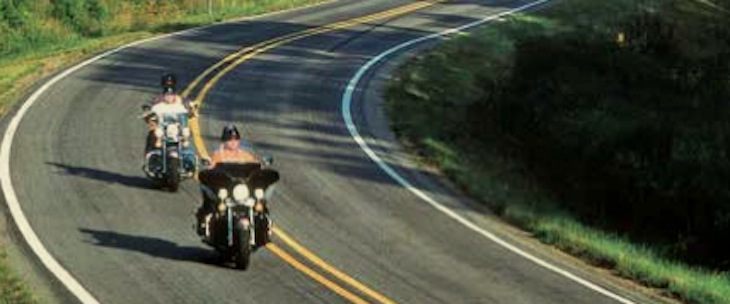Officials say strategic marketing helped boost Arkansas’ tourism sector
by March 13, 2018 4:37 pm 1,111 views

Visitors spend billions of dollars in Arkansas each year, and the hope is that trend will continue into the future, Arkansas Tourism Director Jim Dailey said Tuesday (March 13) during the Governor’s Conference on Tourism. A targeted marketing strategy has been one of the state’s keys to success, he said.
“The state of the tourism industry in Arkansas is great,” he said.
The 44th annual Governor’s Conference on Tourism began Sunday and was held in West Memphis at Southland Park Gaming and Racing. The conference concludes Wednesday morning with tours of the Johnny Cash Boyhood Home in Dyess.
The state spent $5 million on advertising in 2017. Strategic Marketing and Research Insights Executive Vice President Denise Miller said the amount spent helped generate $725 million in economic impact or a rate of return of $144 for each dollar spent.
Analyzing markets where money is spent and targeting markets with growth potential will be a major factor in future success, she said.
In 2016, in-state and out-of-state tourists spent approximately $7.6 billion in the state, Arkansas Department of Parks and Tourism Executive Director Kane Webb previously told Talk Business & Politics. Those expenditures resulted in almost 66,000 direct jobs in travel and tourism. It added $393.5 million in state taxes for general revenue.
Arkansas’s tourism industry changed in 1989 when the Arkansas General Assembly enacted a 2% tourism tax. Proceeds from the tax are placed into a trust fund and are allocated exclusively for marketing and promotion of Arkansas tourism. Collections have grown almost every year, with 2017 marking the seventh consecutive year collections reached a new record. The 2017 revenue was $15.897 million, ahead of the $15.461 million in 2016, and up 7.3% compared with the 2015 tally.
The competition for tourism dollars is intense, Webb said. At one time Arkansas only competed with surrounding states for visitors, and now the state are now competes nationally level and internationally. The 2% tax gives the state resources necessary to tell our story and attract visitors without tapping into general revenue funds, and to be a major contributor to Arkansas’s economy, Webb added.
Utilizing different marketing platforms is another key to an effective marketing strategy, CJRW Senior Vice President of Media and Innovation Brian Kratkiewicz said. During the last 15 years there has been a significant shift toward digital advertising. About 44% of advertising dollars are spent on digital, and about half of customers see those advertisements, he said. Digital marketing is predicted to rise in the coming years.
“We look at it as an efficient way to get ourselves out there,” he said.
To develop an effective marketing strategy, there has to be an effort on the “micro” level in the state, Dailey said. Arkansas has 502 cities, and each has a story to tell. Some of those stories are short while others are long, he said. A good example is Stuttgart.
The Smith’s Longspur, a smallish, rare bird from parts of Arctic Canada and Alaska, migrates to the Great Plains and Arkansas each November. It’s highly prized among bird watchers. One of the best places in the U.S. to view the bird is the Stuttgart Airport, Dailey said. The short grass surrounding the airport is the perfect habitat for the Smith’s Longspur and bird enthusiast “flock” to the town each year.
“This bird is filling up (hotel) rooms in Stuttgart,” he said.
